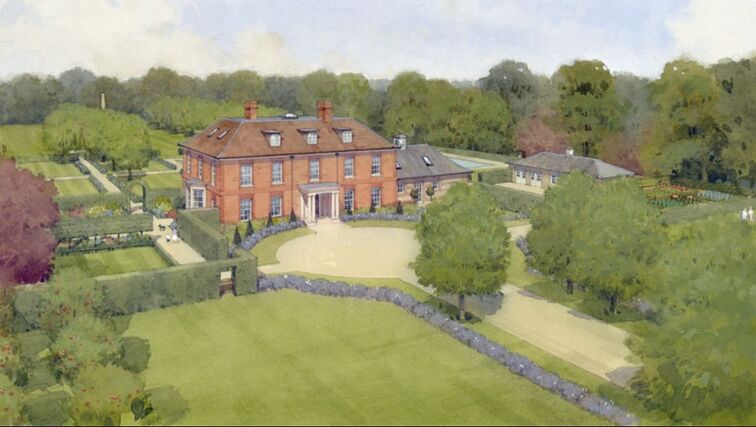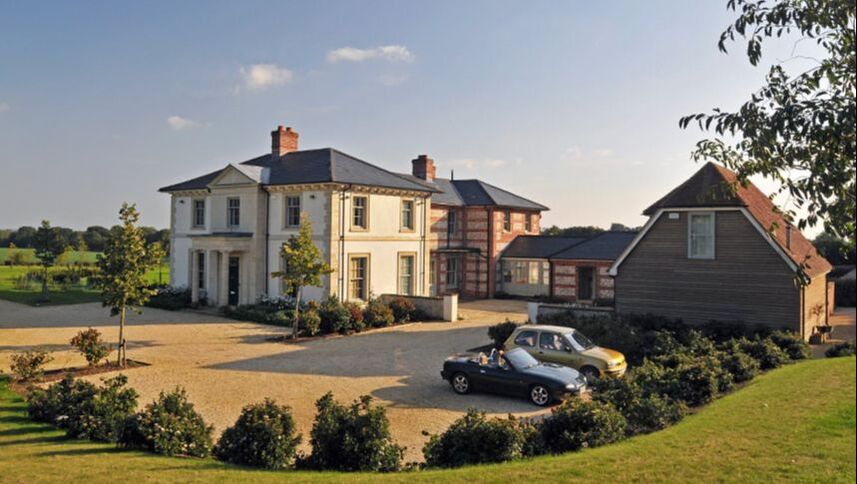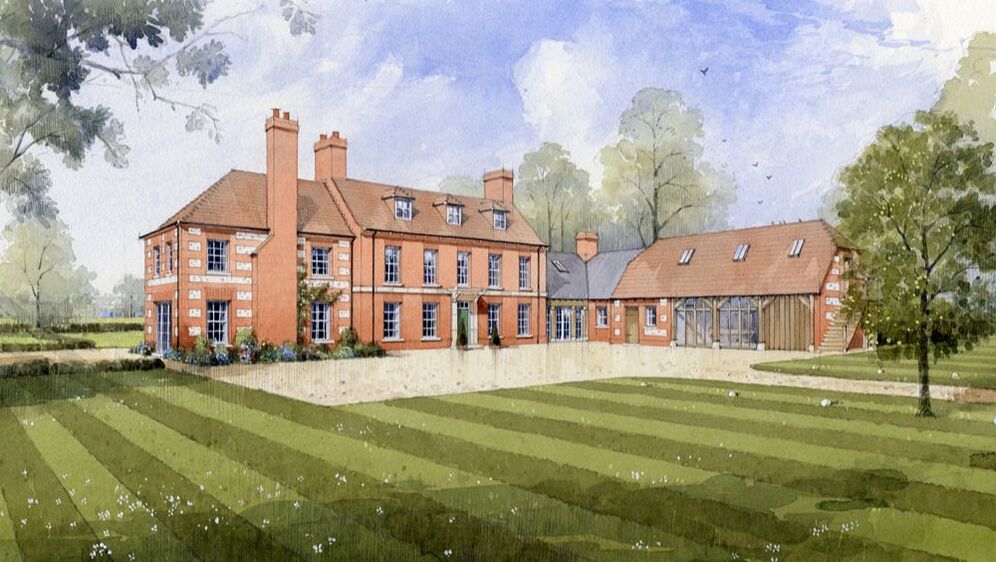Lantern House
The house is an example of traditional architecture reinterpreted for modern living
This compact house nonetheless has high ceilings and a generous entertaining space. It was designed for lifetime use for a client with an interesting collection of Victorian furniture and a keen interest in architecture and design.
The house has been carefully arranged with living spaces around two sides of a South facing courtyard garden. The sun path has informed the position of the rooms in order to maximise natural daylight where it is required, when it is required. For example, the sun penetrates into the ground floor bedroom in the morning, into the kitchen during most of the day and into the drawing room from mid-morning through to the evening.
The arrangement of the rooms (with the master bedroom on the ground floor) allows single storey living within a larger whole, with the first floor being visiting family and guest accommodation. However, a family could occupy the house in a more conventional way, living across both storeys. The design facilitates using only a smaller part of the house for day to day life, with the ‘family’ living areas grouped on the ground floor. For more formal living, the drawing room can be brought into use and for large scale entertaining all of these spaces can operate as a whole.
There are a number of unexpected events within the house, ranging from the humble; the downstairs cloakroom has a door concealed into the panelling of the hallway, to the more overt, the first floor landing has been designed as a library with vaulted ceiling and gallery, the whole space is top lit by a lantern to allow the owner to display works of art without risk of sun bleaching.
The house was the winner of the Daily Telegraph & Homebuilding and Renovating Best Traditional Style Home 2014.
PHOTOGRAPHER
Simon Maxwell
The house has been carefully arranged with living spaces around two sides of a South facing courtyard garden. The sun path has informed the position of the rooms in order to maximise natural daylight where it is required, when it is required. For example, the sun penetrates into the ground floor bedroom in the morning, into the kitchen during most of the day and into the drawing room from mid-morning through to the evening.
The arrangement of the rooms (with the master bedroom on the ground floor) allows single storey living within a larger whole, with the first floor being visiting family and guest accommodation. However, a family could occupy the house in a more conventional way, living across both storeys. The design facilitates using only a smaller part of the house for day to day life, with the ‘family’ living areas grouped on the ground floor. For more formal living, the drawing room can be brought into use and for large scale entertaining all of these spaces can operate as a whole.
There are a number of unexpected events within the house, ranging from the humble; the downstairs cloakroom has a door concealed into the panelling of the hallway, to the more overt, the first floor landing has been designed as a library with vaulted ceiling and gallery, the whole space is top lit by a lantern to allow the owner to display works of art without risk of sun bleaching.
The house was the winner of the Daily Telegraph & Homebuilding and Renovating Best Traditional Style Home 2014.
PHOTOGRAPHER
Simon Maxwell
Awards
Winner - The Daily Telegraph Homebuilding and Renovating Awards - Best Traditional Style Home (2014)
Shortlisted - Brick Awards - Best Housing Development - 1 to 5 Units (2012)
Shortlisted - Brick Awards - Best Housing Development - 1 to 5 Units (2012)
Press
The Buildings of England: Wiltshire series started by Nikolaus Pevsner
Home Sweet Home - The Daily Telegraph Property, December 6 2014
Character Building - Homebuilding and Renovating, July 2015
Arts & Crafts-Style Self Build - Homebuilding and Renovating, July 2015
Home Sweet Home - The Daily Telegraph Property, December 6 2014
Character Building - Homebuilding and Renovating, July 2015
Arts & Crafts-Style Self Build - Homebuilding and Renovating, July 2015




